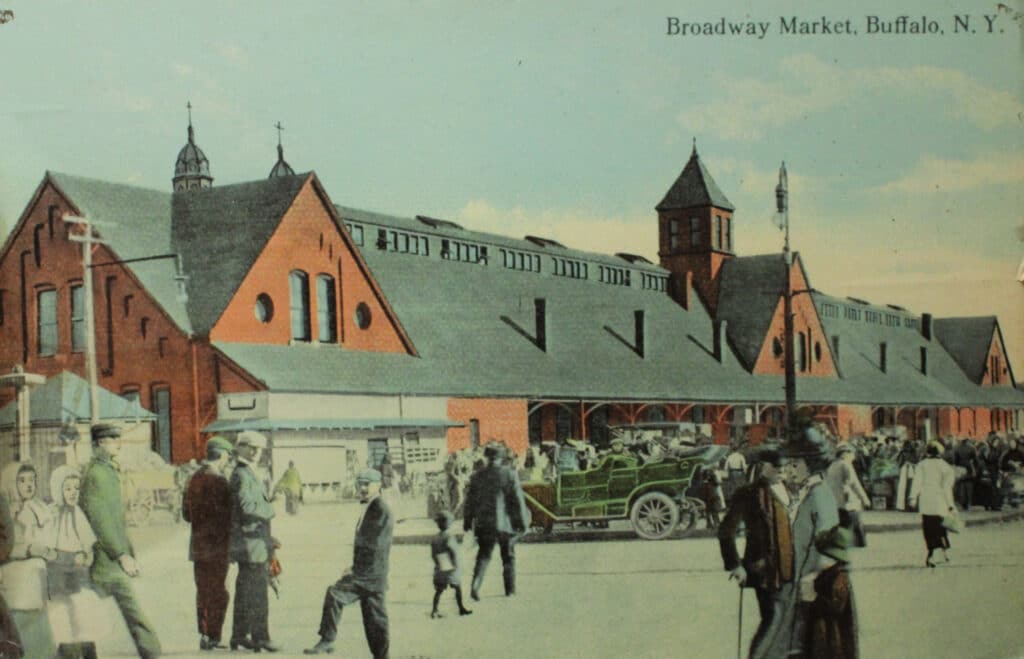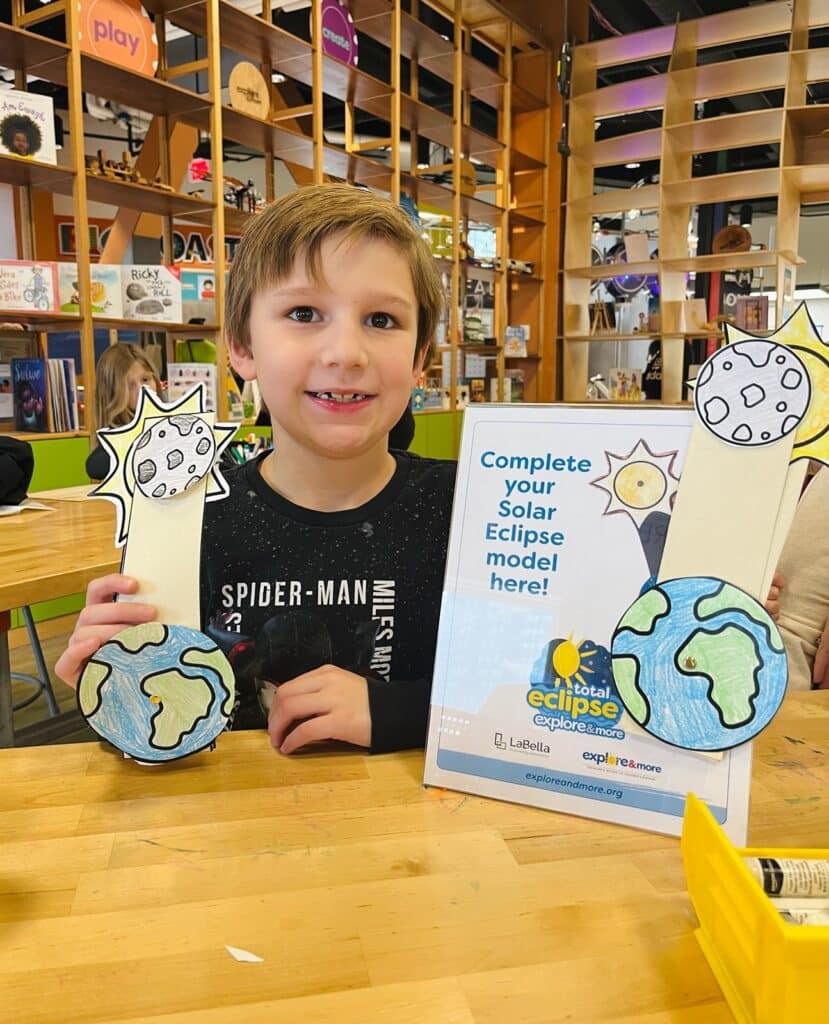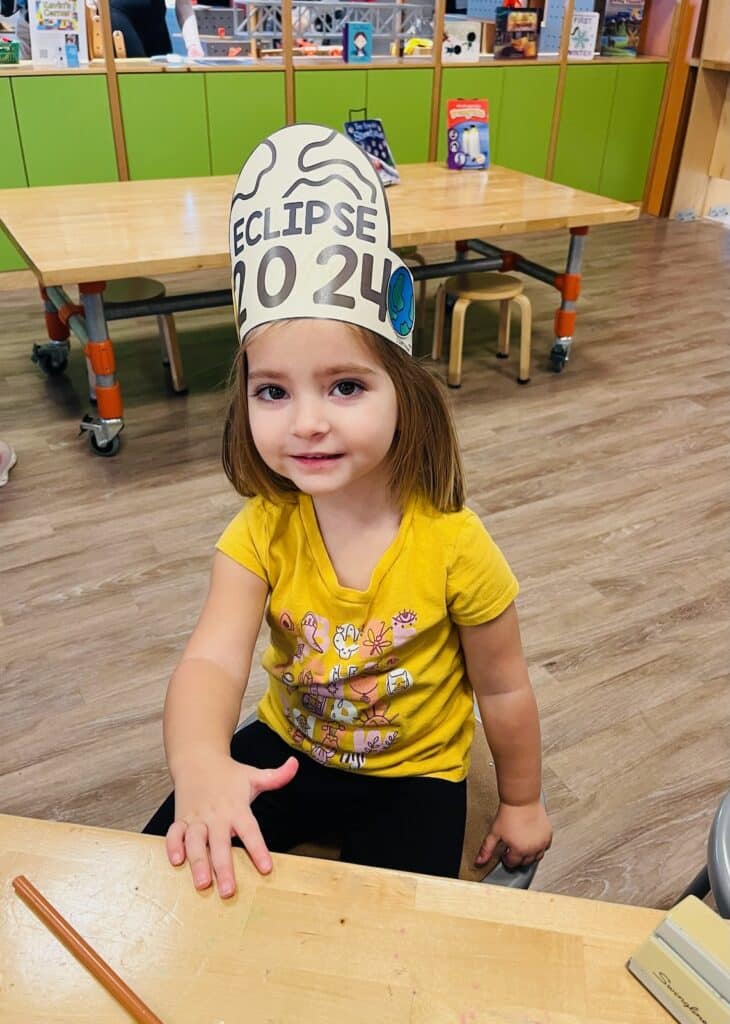By Alexis Turan, Access & Inclusion Intern
March is National Developmental Disabilities Awareness Month.

Every year, the National Association of Councils on Developmental Disabilities (NACDD), highlights the many ways in which people with and without disabilities come together to form strong, diverse communities.
Their campaign seeks to raise awareness about the inclusion of people with developmental disabilities in all facets of community life, as well as awareness of the barriers that people with disabilities still often face.
In order for everyone to be able to participate in everyday community activities, practices and policies need to be designed to identify and remove barriers. These can include physical barriers that prevent accessibility, communication barriers and people’s attitudes toward how disabilities are perceived. It is important to not define people by their disability or what they are unable to do.
Instead, the priority should be fixing physical and social environments to meet everyone’s needs. An example of this type of shift in thinking would identify “small print” and “stairs” as barriers, not vision issues or the use of a wheelchair. Solutions such as magnifiers, elevators and ramps assist many people at different times in their lives. This change in focus toward universal accessibility can benefit everyone in the community.
This month, take time to reflect on how you can impact your community toward becoming more inclusive.

- Become more informed about developmental disabilities. The Centers for Disease Control’s (CDC) website provides information about specific developmental disabilities. They also have links to screening information, developmental milestone charts and other resource materials.
- Explore on-line diversity awareness trainings and disability etiquette. United Spinal Association distributes a booklet that provides tips to help promote positive interactions between people and raise everyone’s comfort levels. It also reinforces how important it is to respect people as individuals and to not make assumptions about their needs. The guide is free as a download.

- The National Association of Councils on Developmental Disabilities (NACDD) has a resource guide to promote National Developmental Disabilities Awareness Month. Their website also provides DDAM 2023 logos and artwork to download and share through social media during the month of March.







